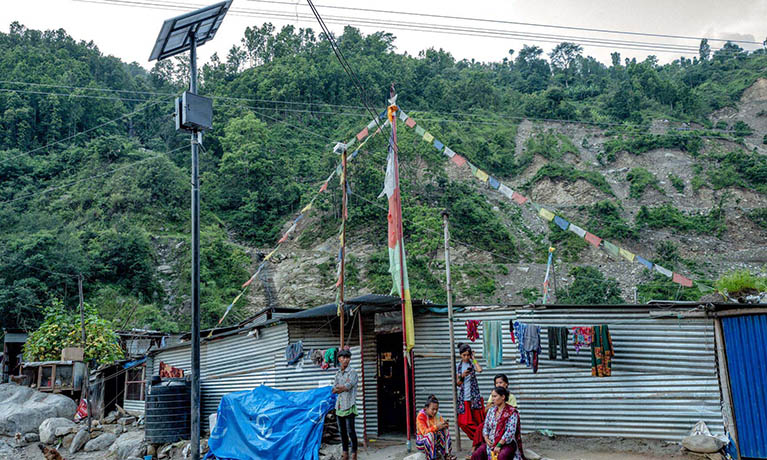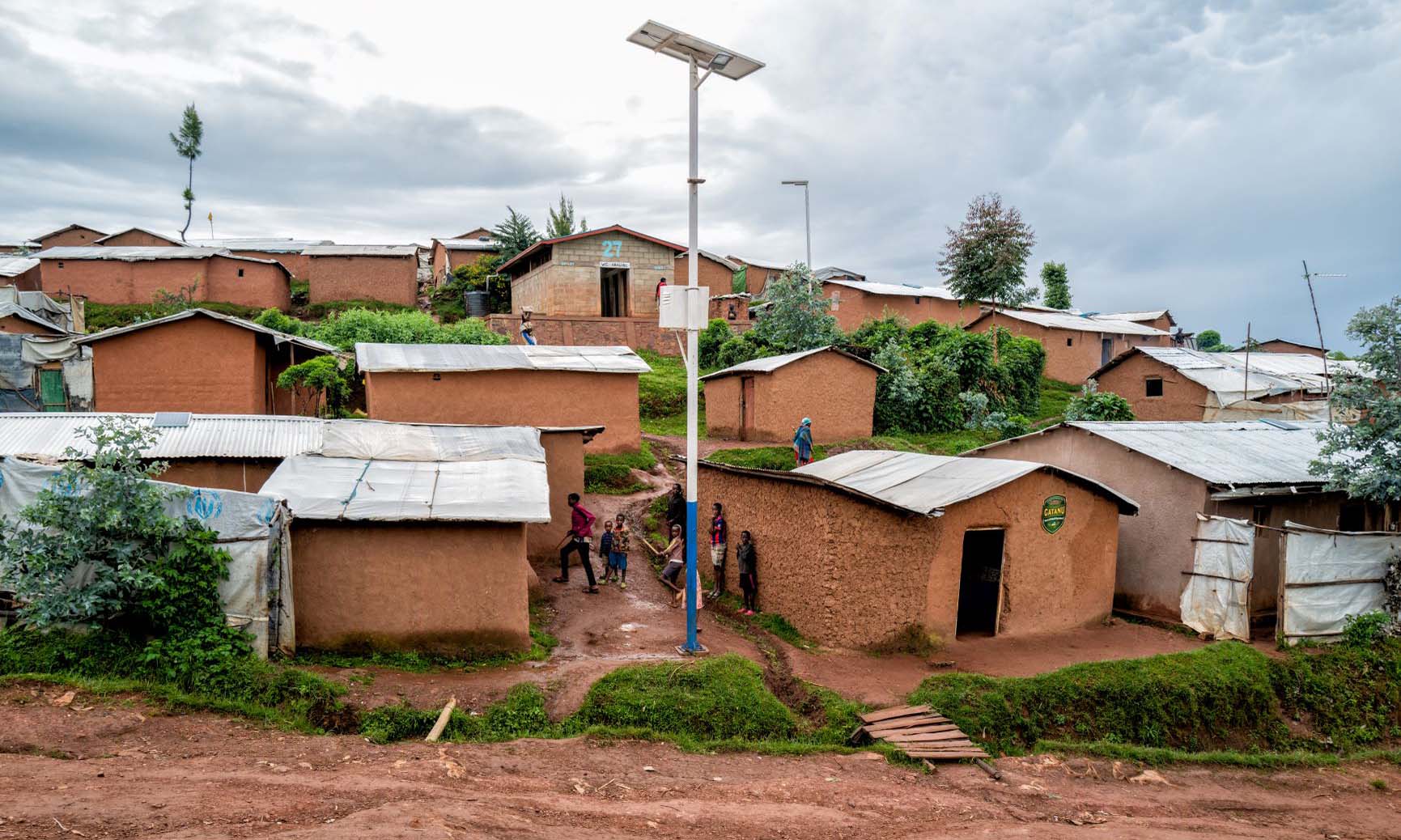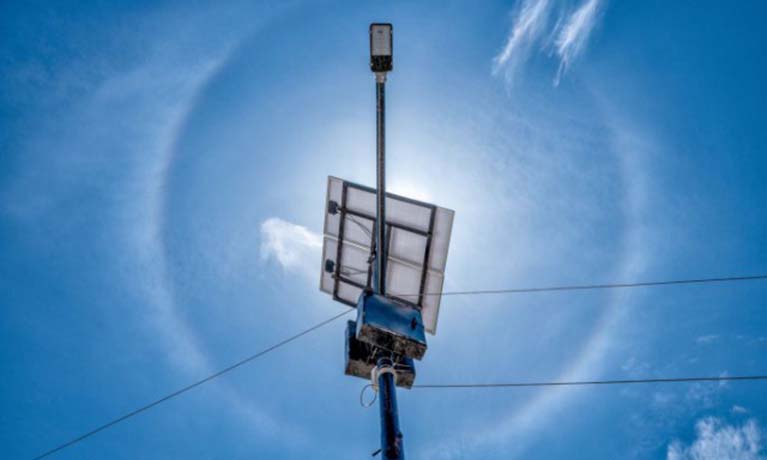Moving from the Global to the Local - Co-creation for Humanitarian Energy
Watch the recording of this event.
Search

The Humanitarian Engineering and Energy for Displacement project (HEED) based at the Centre for Computational Science and Mathematical Modelling, presented this webinar series throughout September 2021, which saw a host of leading experts, academics, practitioners, donors, and private sector actors come together to challenge the existing understanding of three dimensions of humanitarian energy access in the form of people, process, and policy.
On this page you will find a post-event summary for each webinar, alongside supporting event recordings and blog posts.
This series was designed to challenge and engage multi-level stakeholder’s who are central to solving the humanitarian energy access challenge. The webinar series took place throughout September 2021.

Watch the recording of this event.

Watch the recording of this event.

Watch the recording of this event.



